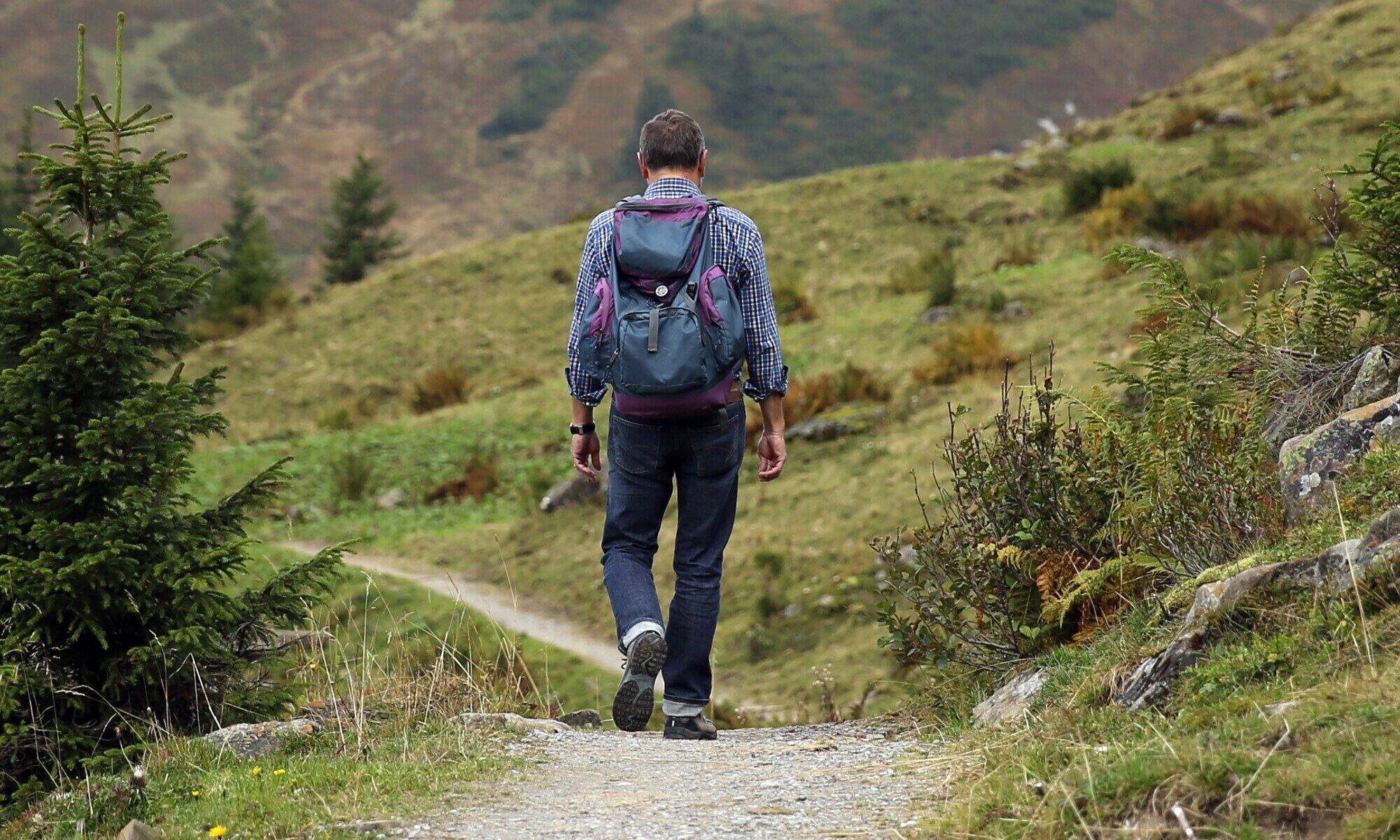Heading out into the wild? Whether you’re hiking through thick forests, camping under the stars, or getting ready for the unexpected, your survival gear list needs to be on point. The right gear can boost your chances of staying safe, and even make your adventure more enjoyable.
But how do you create a list that works for you and your unique situation? Let’s dive into how you can pick the perfect gear for your next outdoor journey.
Understanding Your Environment
Start by knowing where you’ll be. Is it a hot desert, snowy mountain, or humid jungle?
Each place has its challenges, so choose an emergency preparedness gear that fits the conditions. Research the weather and any local hazards to determine the essentials you’ll need.
Defining Your Activity Level
Your survival gear list should match the activities you’ll be doing. Are you going on a simple camping trip, a long backpacking adventure, or a tough survival course?
Each of these needs different gear, so think about what you’ll be doing most. Here’s a breakdown of what essential survival items you’ll need for each activity:
Camping
Bring a tent for shelter and a sleeping bag for warmth. A portable stove helps with cooking, and cooking utensils are needed for food preparation.
Hiking
A hydration pack keeps you hydrated while walking. Walking sticks help with balance, and a daypack with first aid supplies is a must for safety.
Emergency Preparedness
A multi-tool is useful for many tasks, and a flashlight lights your way at night. A whistle and signaling devices can help you get noticed in an emergency.
Essential Items for Your Survival Gear List
Next, identify the crucial items that should be on any survival gear list, regardless of the scenario. These can include:
Water Purification
Clean water is a must for survival. Water purification tablets or filters will keep you safe.
Food Supplies
Pack high-energy snacks like granola bars or jerky. You may also need survival rations or hunting gear based on how long you’ll be out. If you have dietary restrictions, you might wonder, does beef jerky have gluten? While many brands are gluten-free, some use soy sauce or other additives that contain gluten, so it’s always best to check the label.
First Aid Kit
A basic first aid kit is key for any trip. Make sure to add any personal medications or supplies you may need.
Navigation Tools
A map and compass help you find your way when GPS isn’t available. These tools are simple but reliable.
Fire Starters
Waterproof matches or a good lighter can start a fire in tough conditions. Always have backup fire starters to be safe.
Get Specialized Certifications
Certifications can make you more prepared for emergencies. Courses in wilderness survival, first aid, or emergency preparedness teach key skills.
For example, CPR and First Aid certifications help you handle medical emergencies. Wilderness Survival Training teaches shelter building, fire starting, and food finding.
You can also take wilderness first responder courses for advanced skills. Don’t forget to get a Pet CPR & First Aid Certification to care for pets in emergencies by visiting https://cprcertificationnow.com/products/pet-cpr-first-aid-certification. These certifications build your confidence in tough situations.
Build a Survival Gear List with this Guide
Building a personalized survival gear list is key to staying safe and prepared in any situation. By understanding your environment, activity level, and specific needs, you can choose the right gear for your adventure or emergency.
Don’t forget to get the proper training and certifications to boost your confidence and skills. With the right planning and preparation, you’ll be ready for whatever comes your way. Stay safe and be ready!
Is this article helpful? Keep reading our blog for more.





Be First to Comment